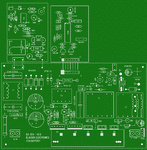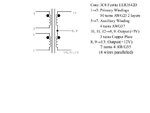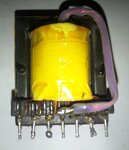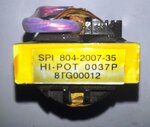Raza
Advanced Member level 3

- Joined
- Feb 10, 2002
- Messages
- 828
- Helped
- 266
- Reputation
- 530
- Reaction score
- 259
- Trophy points
- 1,353
- Location
- PAK
- Activity points
- 4,488
Hi,
Here you go for one, though bit complicated but necessary:
**broken link removed**
And here is some software for designing the Ferrite trafo, may be helpful.
View attachment PIExpertSuiteSetup(2).exe
Here you go for one, though bit complicated but necessary:
**broken link removed**
And here is some software for designing the Ferrite trafo, may be helpful.
View attachment PIExpertSuiteSetup(2).exe













